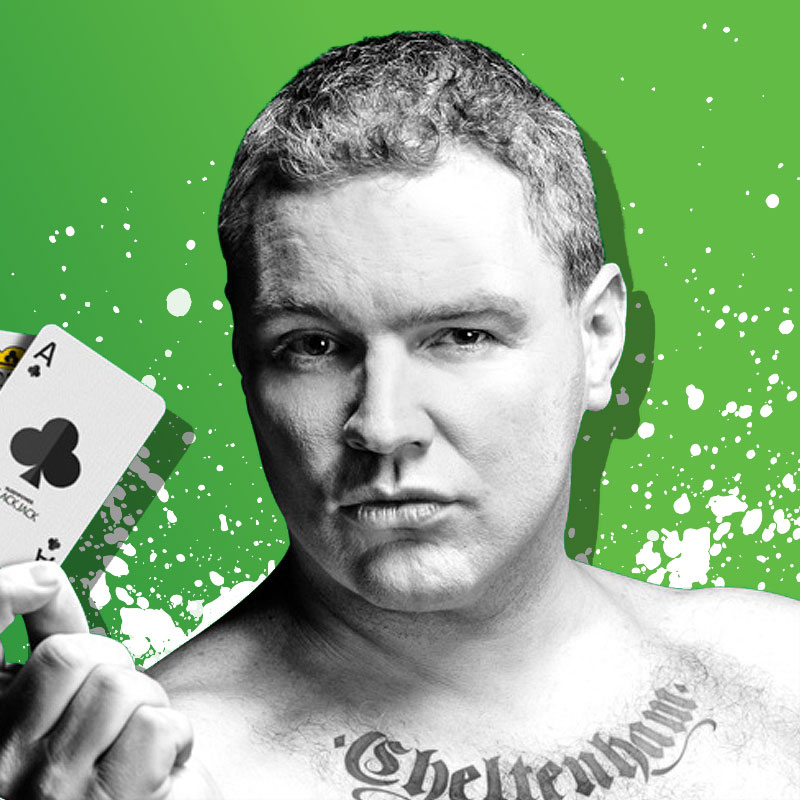
Belarus, eh? Land of stew, ballet, political freedom and, lately, a vastly popular football scene.
Here at Power Tower, we’ve watched in amazement as the popularity of the Belarusian Premier League has grown rapidly over recent weeks thanks to the country’s refusal to shut down sport in line with the rest of the planet. President Alexander Lukashenko, who has ruled the nation for 26 years with (*checks state-approved guidelines*) Love, Integrity and a Devotion to Openness, is apparently still regularly playing ice hockey with his mates and doesn’t see any reason why football should grind to a halt.
Fair enough, big man, at least it gives us something to watch. Although, of course, Paddy Power have always been massive fans of the BPL, not a bunch of Ivan-Come-Latelies like you, dear reader, so we decided we’d share our vast breadth of knowledge about the competition’s clubs. Pull up a chair and get ready for some 100% accurate, completely fact-checked information about the league’s best sides.

DYNAMO DINAMO
Based in the southern city of Dinamo, Dynamo are one of Belarus’ most dynamic clubs. Founded in 1974 by the youth division of Dinamo Dynamo Industries, a local company who specialised in the manufacture of dynamos for export, the club has since outgrown its origins on the factory floor to become a giant of the game.
They won 24 titles in a row between 1975 and 1977, although some observers have cast doubt over the veracity of this record, pointing to the club’s popularity among Party apparatchiks of the time as a mitigating factor. They continue to be a powerhouse to this very day and enjoy a special place in the heart of President Lukashenko, who once played a season up front for Dynamo in the early 1980s, scoring 43 goals in 17 matches before retiring to focus on his political career.
Dynamo Dinamo, of course, shouldn’t be confused with Dinamo Dynamo, a ballet academy from the northwestern town of Dynamo.

FK MAZ-TUR BATE
Very much a club with a do-it-yourself attitude, this handy bunch of lads pulled themselves out of obscurity in the late 2000s. Founded by a group of ex-professional arm-wrestlers looking for new careers after a series of repetitive strain injuries, the club rose rapidly through the leagues, culminating in a historic title-win in 2017.
FKMB developed an intense rivalry with local rivals Spartak Intr-Kurs, whose fans often accuse Maz-Tur’s supporters of jealousy. “They’re obsessed with us”, said one SIK ultra. “Always thinking about us, dreaming about us and putting themselves in our shoes.”
The derby has developed into one of the most hotly contested clashes in the league.

FK HLEB
Unquestionably, Belarus’ most famous footballer of the post-independence era is former Arsenal playmaker Aleksandr Hleb. In fact, he’s pretty much the only Belarusian player to make any kind of impact outside the country since it separated from the Soviet Union in 1991.
Which is why, in 2016, old Alex decided to set up his own club and install himself as chairman, manager, physio and centre-forward. FK Hleb enjoyed early success, earning promotion twice in a row before stagnating somewhat in 2018.
Eventually, chairman Hleb identified the reason for his team reaching a plateau and sacked all members of the playing staff except Hleb, who would from that point play every position on the pitch. Almost immediately the club started winning again and ultimately took its first BPL championship in 2019, with Hleb topping both the competition’s top scorer and clean sheet charts.
Hleb would later go on to praise Hleb’s impact on Hleb.

SPARTAK TRAKTOR BORSCHT
Arguably the biggest and most popular club in Belarus, Spartak boast significant support among the country’s agriculture and farming community. Established by Jakup Hleb in 1967, the “World Beeters” hold the national record for titles won and are famous for their players’ soup-only diet, a legacy of the team’s attachment to the Traktor Borscht Beetroot Concern.
Many former players claim this diet – pioneered by the famous Spartak lab – is responsible for the work rate and stamina that became a hallmark of the club’s all-conquering 1990s generation under manager Dr Valerii Dopalotsky. When opponents were cramping up and succumbing to fatigue during the latter stage of games, Spartak’s dynamos (not to be confused with nearby Spartak Dynamo) would continue running relentlessly, often choosing to warm down post-match by jogging half-marathons at Olympic pace.
It was this resistance to tiredness that earned many STB legends big moves to “Western” sides, although few managed to replicate their hard-running exploits away from the lab and its miracle-working doctor. “It’s like he aged five years in the time it took to fly from there to here. His v02-max numbers dropped 65% in two days”, according to one disappointed owner of an English club who took a chance on Spartak’s 2006 player of the year, Sergey Ripdov.
Ripdov, who’d bagged eight hat-tricks in the 2005-06 Belarusian season and covered an average of 23km per game during that campaign, lasted just four disastrous months at his new team before returning to his homeland and miraculously rediscovering his form.
Find a full range of Belarusian Premier League odds over on paddypower.com

